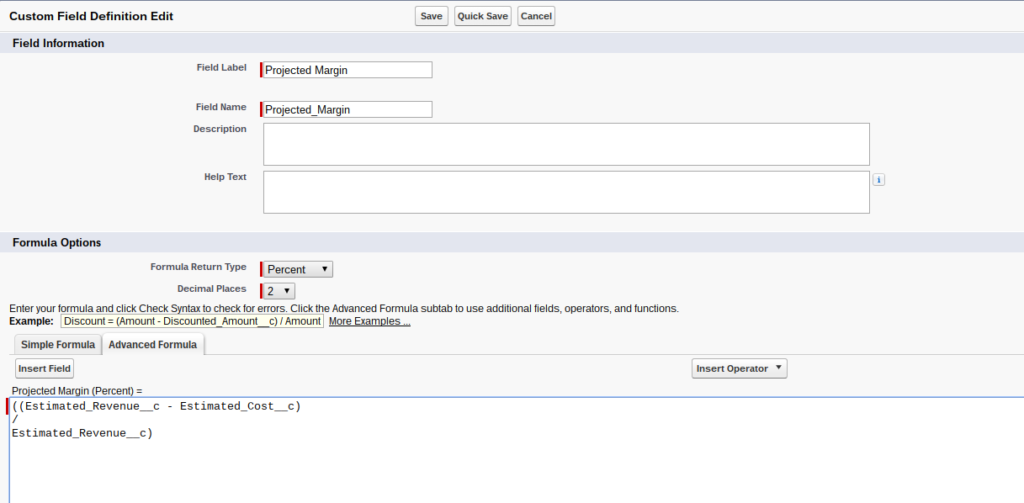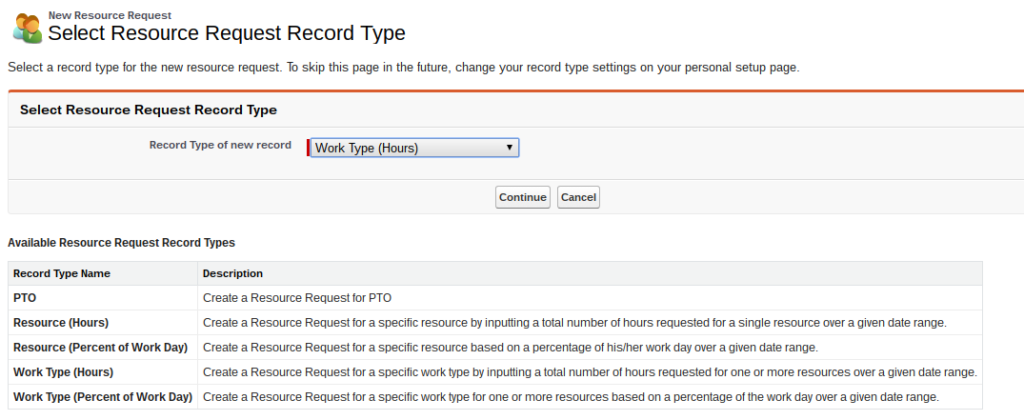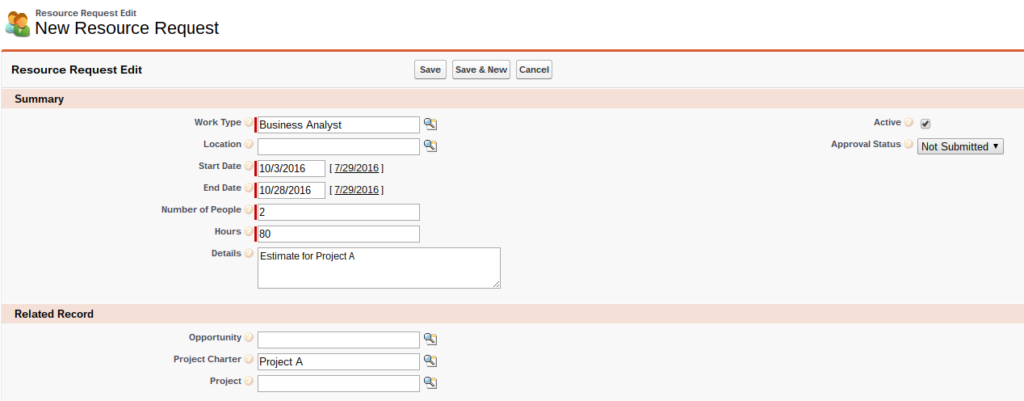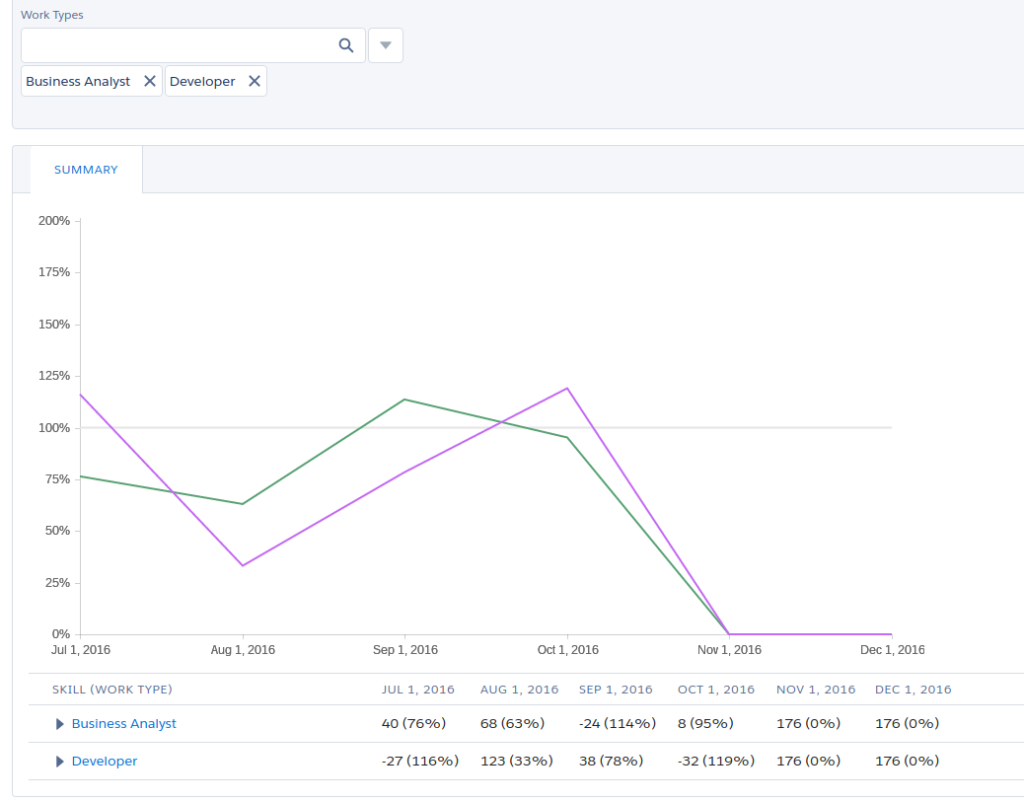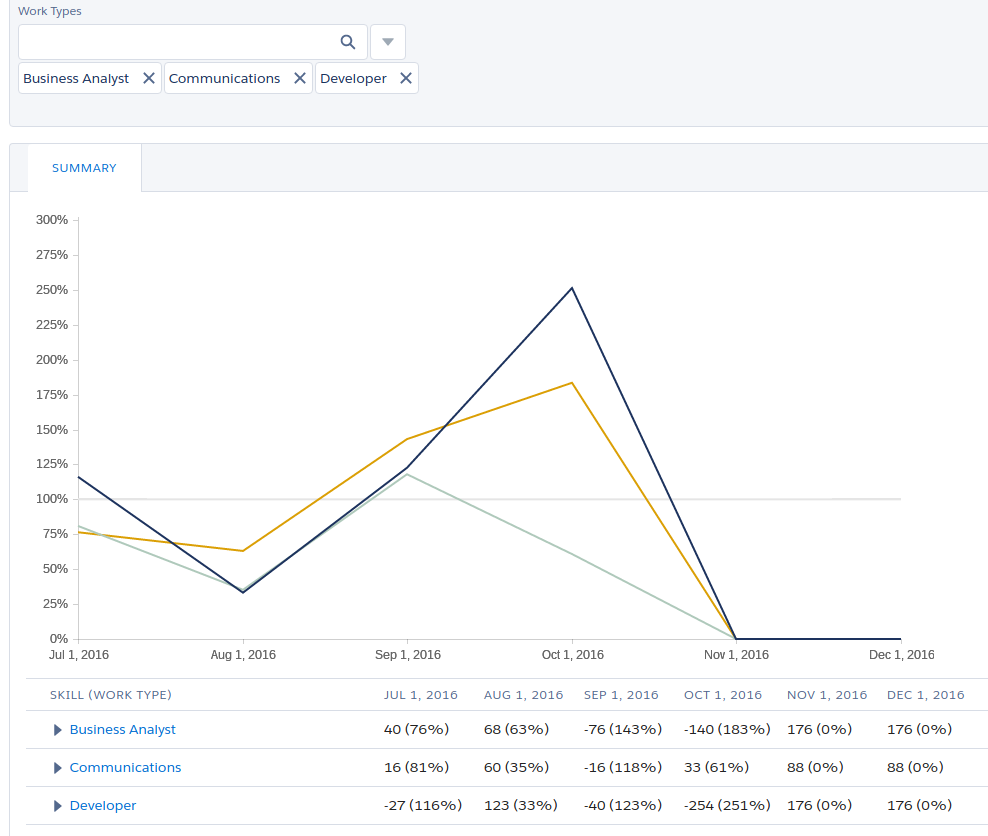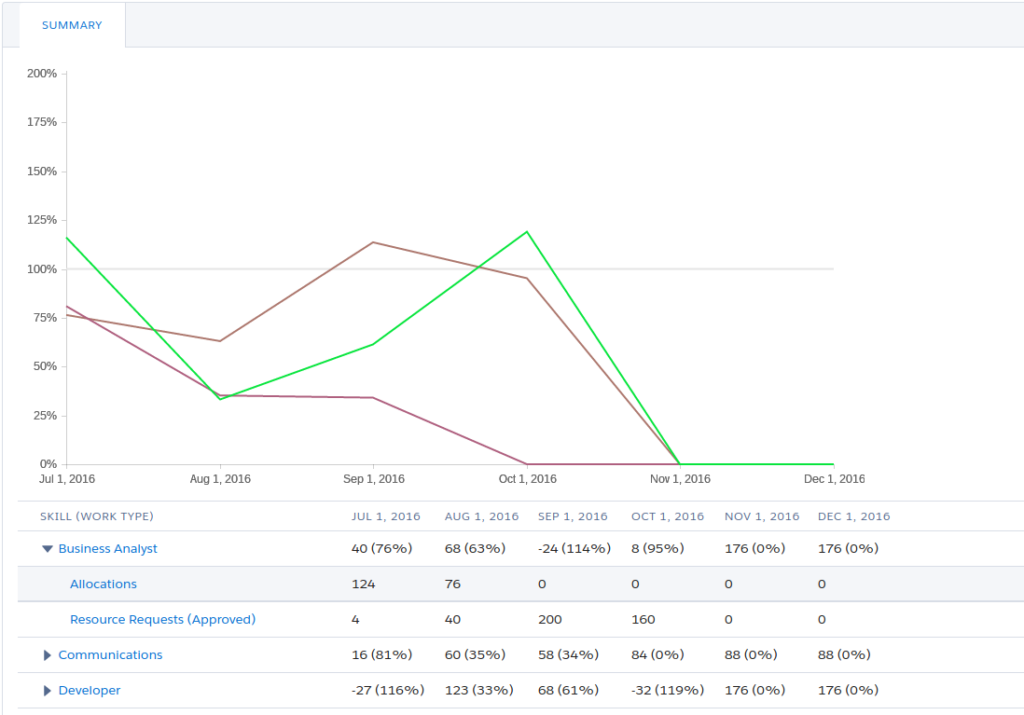When you’re investing hundreds or thousands of dollars on a software package, it’s probably a no-brainer to attend their user...
As a project leader, you need to quickly and efficiently assign team members to work on your project tasks. With...
There are times when a project manager needs to see forecasted resource availability without having to allocate actual resources to...




















